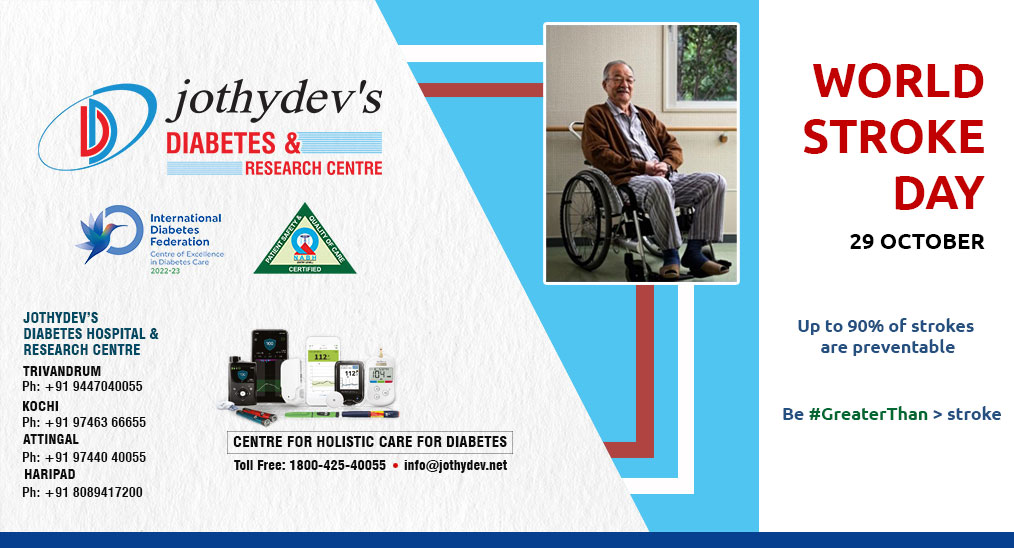6. Can face skin determine the risk of diabetes?

Various skin conditions on the face are aimed at examining diabetes through the face region. The American Diabetes Association claims that because diabetes damages small blood arteries, it causes a variety of skin diseases throughout the body. Skin damages are easy to identify on the face because it is a prominent location. Bell's palsy, vitiligo, rubeosis faciei, and scleroderma are among several skin disorders that affect the face. Blood vessel damage affects people with diabetes who have a high glycemic index, have had the condition for more than ten years, and are still in the early stages of the disease.
The objective of a recent study published in the 'Journal of Diabetes Research' was to analyze a person with diabetes using the vision diabetology method. The symptoms of dermatological issues are extracted and classified using the multiwavelet transform convolutional neural network (MWTCNN) algorithm. The MWTCNN model is compared with other deep learning models such as VGG19, Inception V3, and ResNet-50. 200 facial images of diabetes patients with skin conditions such as Bell’s palsy, rubeosis faciei, scleroderma, and vitiligo were collected from existing face videos. The existing deep learning models are compared with the proposed MWTCNN model, which provides the highest accuracy of 98.3%.
The study concluded that facial skin region-based diabetic measurement avoids pricking of the serum and can be used for continuous glucose monitoring.
For enquiries info@jothydev.net.
Please visit: jothydev.net | research.jothydev.com | diabscreenkerala.net | jothydev.com/newsletter




